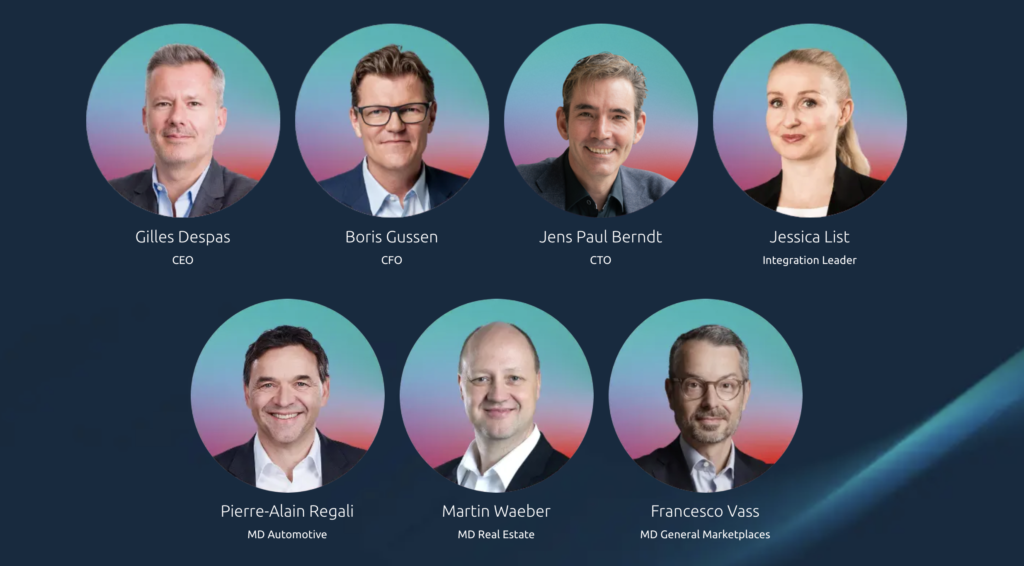Die Kreislaufwirtschaft ist ein zentraler Baustein für einen verantwortungsvollen Umgang mit unserer Umwelt: ob durch Kleidertausch, langlebige Elektronik oder innovative Verpackungslösungen. Ein Bereich mit besonderer Hebelwirkung ist die Mobilität. Doch wie entwickelt sich die Elektromobilität in der Schweiz? Welche Chancen bietet sie für mehr Nachhaltigkeit – und welchen Beitrag leistet AutoScout24 zur Mobilitätswende?
Das Bewusstsein für die ökologischen Folgen unserer Mobilität steigt und Elektromobilität nimmt eine zentrale Rolle auf dem Weg zur Dekarbonisierung (Reduktion von CO2-Emissionen) ein. Elektrofahrzeuge (Electric Vehicles, kurz EVs) verursachen im Betrieb keine lokalen Emissionen und schneiden über ihren Lebenszyklus deutlich besser ab als Fahrzeuge mit Verbrennungsmotor. Doch der Nutzen geht über den Klimaschutz hinaus. Elektroautos sorgen für weniger Lärm, bessere Luftqualität und treiben technologische Innovationen voran. Kurzum: ein Gewinn für Umwelt, Gesellschaft und künftige Generationen.
Barrieren verstehen und Potenziale nutzen
Die Zahl neu zugelassener Elektroautos nimmt stetig zu: 2025 liegt der Anteil rein batteriebetriebener Fahrzeuge bei Neuregistrierungen in der Schweiz bereits bei knapp 20 %. Doch im Gebrauchtwagenmarkt zeigt sich ein anderes Bild: „Wir sehen auf AutoScout24, dass die Nachfrage nach gebrauchten Elektroautos noch verhalten ist. Dabei sind die Preise inzwischen sehr attraktiv“, erklärt Matthias Bischof, Director Business Customers bei AutoScout24. Warum also die Zurückhaltung? Angst vor mangelnder Reichweite, fehlende Ladeinfrastruktur, hohe Anschaffungskosten oder Unsicherheiten bei der Umweltbilanz der Batterie sind häufige Bedenken. Gleichzeitig bieten genau diese Themen auch Ansatzpunkte, um potenzielle Käufer:innen besser zu informieren und zu unterstützen.
Der EV Hub von AutoScout24
Um die Entscheidung für ein Elektrofahrzeug fundierter zu gestalten, bietet AutoScout24 konkrete Unterstützung. Mit dem EV Hub haben wir eine zentrale Anlaufstelle geschaffen, die umfassende Informationen rund um Elektromobilität in der Schweiz bietet. Neben fundierten Hintergrund-Artikeln und Erfahrungsberichten im Magazin finden Nutzer:innen Tools wie einen Ladezeit– und einen Reichweitenrechner, eine interaktive Karte mit Ladestationen und sogar den KI-basierten Chatbot “E-Scouty”, der bei Fragen rund um das Thema Elektromobilität schnell und kompetent weiterhilft.
Nachhaltigkeit als Teil unserer DNA
Als Teil der SMG Swiss Marketplace Group ist Nachhaltigkeit auch bei AutoScout24 ein fester Bestandteil der Strategie. Wir handeln ökologisch, sozial und unternehmerisch – ganz nach den Richtlinien in unserem Nachhaltigkeitsmanifest. Elektromobilität ist keine Zukunftsvision mehr, sie ist Realität. Als Plattform wollen wir dazu beitragen, dass nachhaltige Mobilität für möglichst viele Menschen verständlich und zugänglich wird. Denn der erste Schritt in Richtung einer nachhaltigen Zukunft beginnt weder in der Garage, noch auf der Strasse: sondern mit einer informierten Kaufentscheidung.




